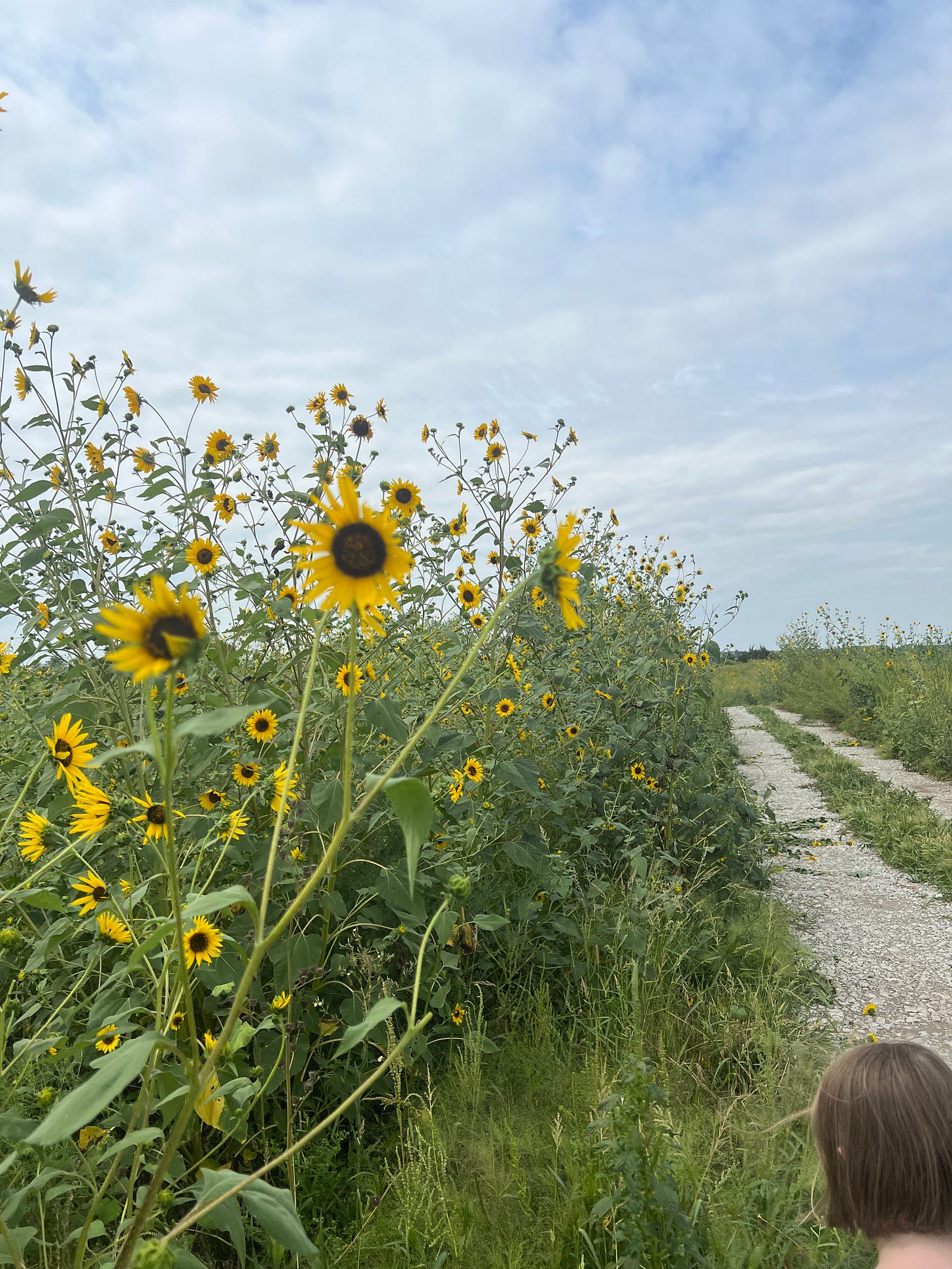Your stepwise approach to allergies
There’s way more to it than just starting allergy meds…control the environment, improve the gut-immune axis, and meds to get most control and avoid snotty itchy misery all season long.
Your Child’s Allergy Season Survival Plan: What Actually Works
When I was a kid, my allergies were awful. I spent every spring with itchy, red eyes, a constantly runny nose, and a near-permanent case of the sniffles. I did the whole allergy shot routine—every week for years—until I turned 16 and suddenly had to be the one responsible for getting myself to the allergist. (Spoiler: I did not.)
Now, as a pediatrician, I see kids going through the same struggle, and I know firsthand how miserable allergies can be. The good news? With the right approach, allergy season doesn’t have to be a months-long battle.
A Stepwise Approach to Allergy Control
The key to managing allergies isn’t just grabbing some Zyrtec and hoping for the best. Instead, I recommend a stepwise approach that tackles the problem from multiple angles.
First, environmental control.
Then, strengthen the gut-immune axis
Then, medications which are often necessary to make allergies way less miserable…just please see below on why benadryl is not your allergy med of choice.
Step 1: Environmental Control (Minimize Exposure First)
Before reaching for medications, start by reducing exposure to allergens in the first place. This can make a huge difference in symptom severity.
✅ Saline Rinses – A simple nasal saline rinse (like a Neti pot or saline spray) can wash away pollen and other allergens before they cause trouble. Studies have shown that regular saline irrigation significantly reduces nasal symptoms in children with allergic rhinitis. (It takes practice to get kids to do this and often works best once they can see that the juice is worth the squeeze here)
✅ Fresh Sheets/Pillowcases – Pollen sticks to fabric, and your child spends 8+ hours with their face pressed into their pillow. Changing pillowcases and sheets often—especially after high-pollen days—can prevent overnight exposure.
✅ Replace Air Filters – A high-quality HEPA filter in your home’s HVAC system can trap airborne allergens and reduce pollen exposure. Studies suggest that HEPA air purifiers can lower indoor allergen levels and improve allergy symptoms.
✅ Windows Closed – It’s tempting to let in fresh air on a warm spring day, but if your child has allergies, open windows = pollen bomb. Keeping windows shut, especially in the morning when pollen counts are highest, helps limit exposure.
✅ Shower Before Bed – Pollen clings to hair and skin, meaning your child brings allergens into bed with them if they don’t rinse off. A quick shower at night can prevent overnight symptoms and help them breathe easier while they sleep.
Step 2: Strengthen the Gut-Immune Axis with Nutrition
A growing body of research suggests that the gut microbiome plays a role in immune function and allergic responses. While food won’t “cure” allergies, a diet rich in anti-inflammatory and gut-supporting nutrients can help regulate the immune system’s overreaction to allergens.
✅ Polyphenols – Found in berries, apples, onions, and green tea, polyphenols have antioxidant and anti-inflammatory properties that may help modulate allergic responses.
Keep reading with a 7-day free trial
Subscribe to dear parents to keep reading this post and get 7 days of free access to the full post archives.




